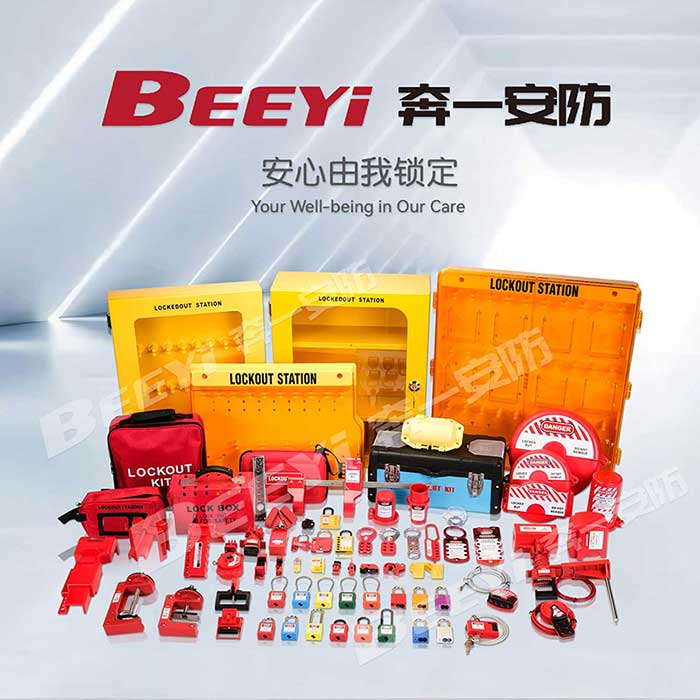understanding pneumatic lockouts: a critical safety tool in industrial settings
Release time:2025-08-31 00:37:42
In industrial environments where pneumatic systems are in operation, safety is always a top priority. Pneumatic systems, which rely on compressed air to power machinery and tools, are vital to a range of manufacturing processes. However, these systems, if not properly managed, can pose significant safety risks, particularly during maintenance and repair. One critical tool that helps mitigate these risks is the Pneumatic Lockout.

Pneumatic Lockouts are safety devices designed to prevent the accidental release of pressurized air into machinery during maintenance or other service activities. By ensuring that all energy sources are securely locked, these devices protect workers from unexpected machine movements, reducing the likelihood of injuries or fatalities. In this article, we will explore the importance of Pneumatic Lockouts, their working mechanisms, and their role in maintaining industrial safety standards.
What is a Pneumatic Lockout?
A Pneumatic Lockout is a device used to isolate pneumatic energy in an industrial system. It is a part of a broader category of lockout/tagout (LOTO) procedures, which are designed to ensure that machines and equipment are properly shut down and cannot be accidentally started while maintenance or repair work is being performed. Pneumatic Lockouts specifically target pneumatic valves and air sources to prevent the unintended release of compressed air, which could lead to dangerous situations.

